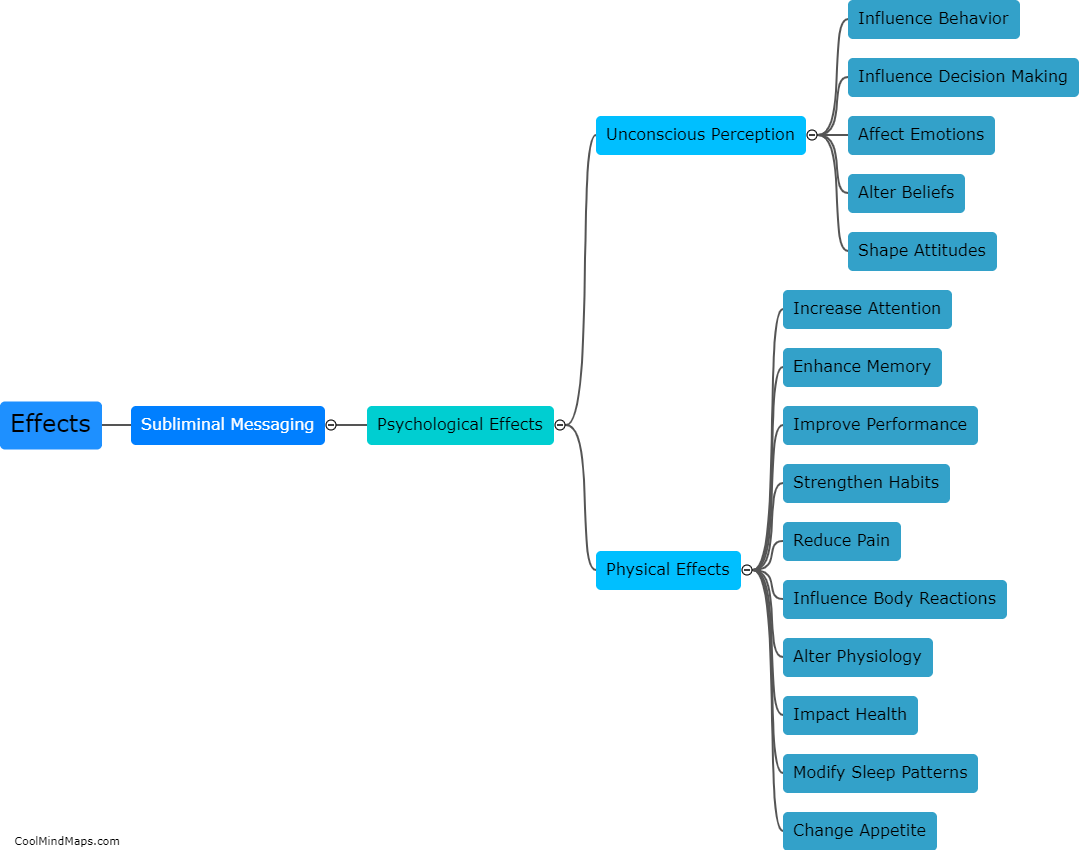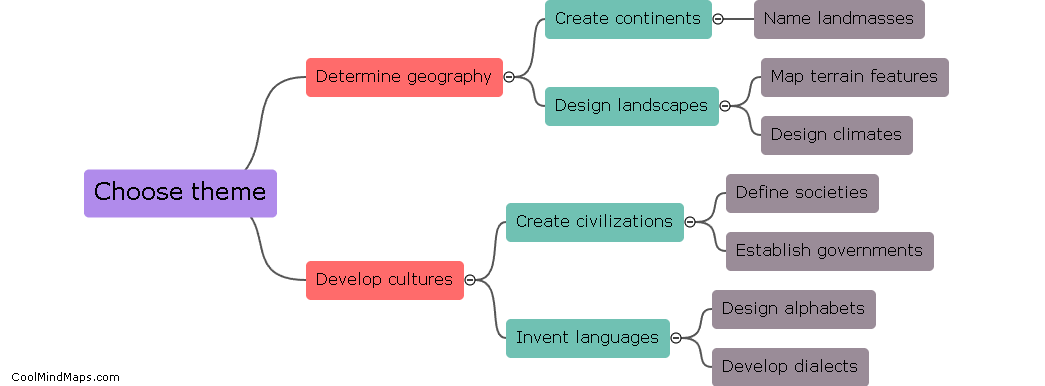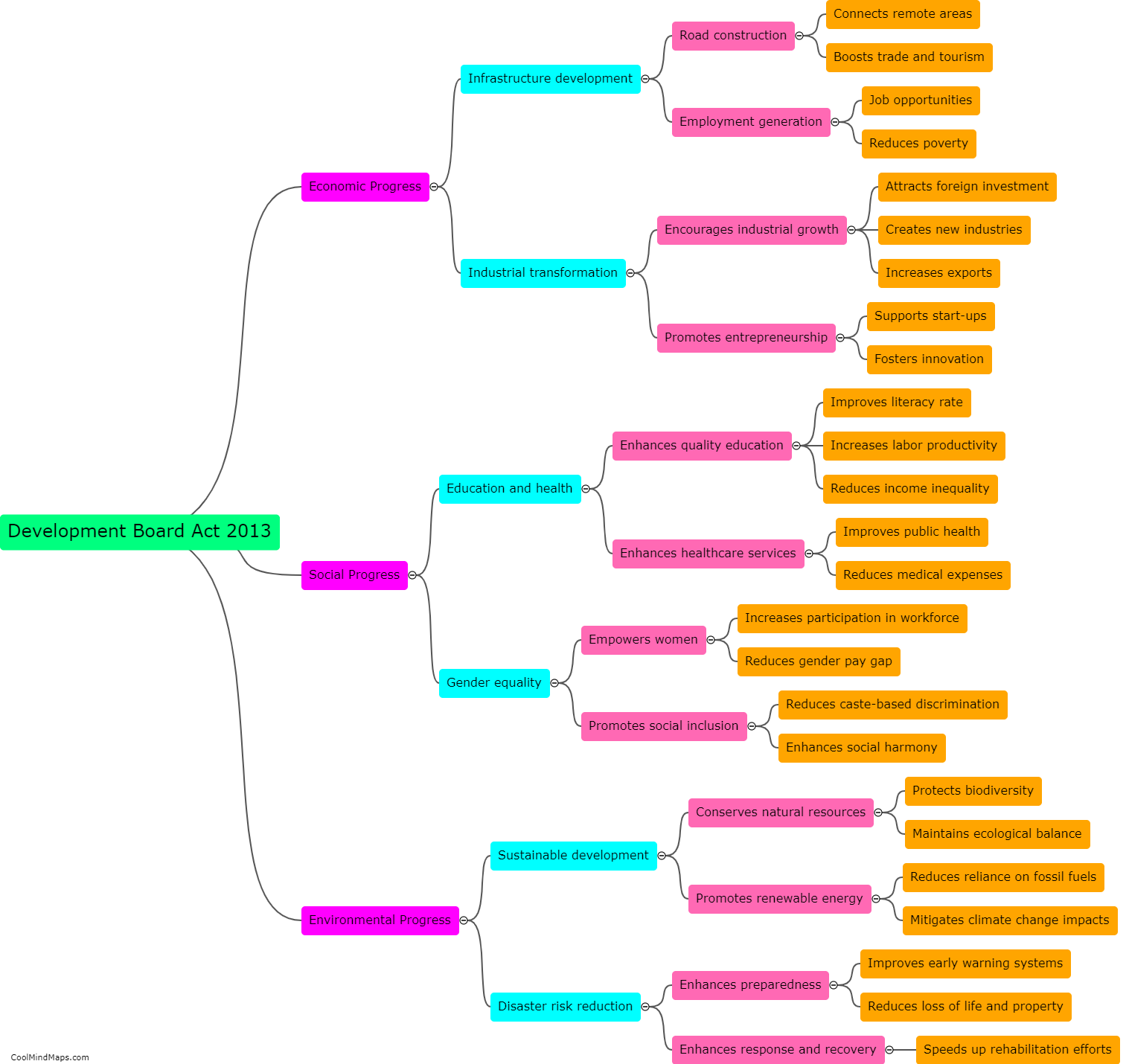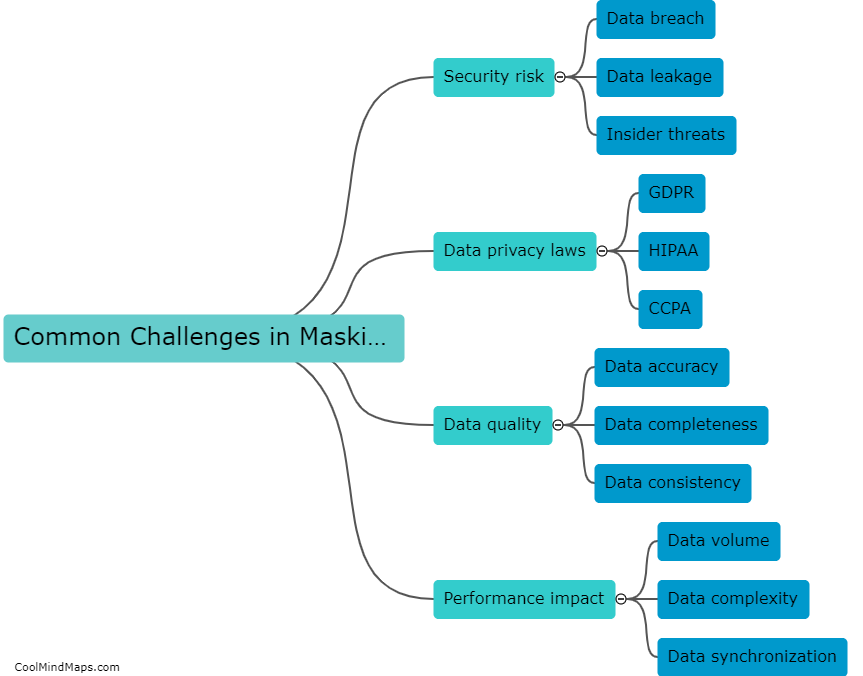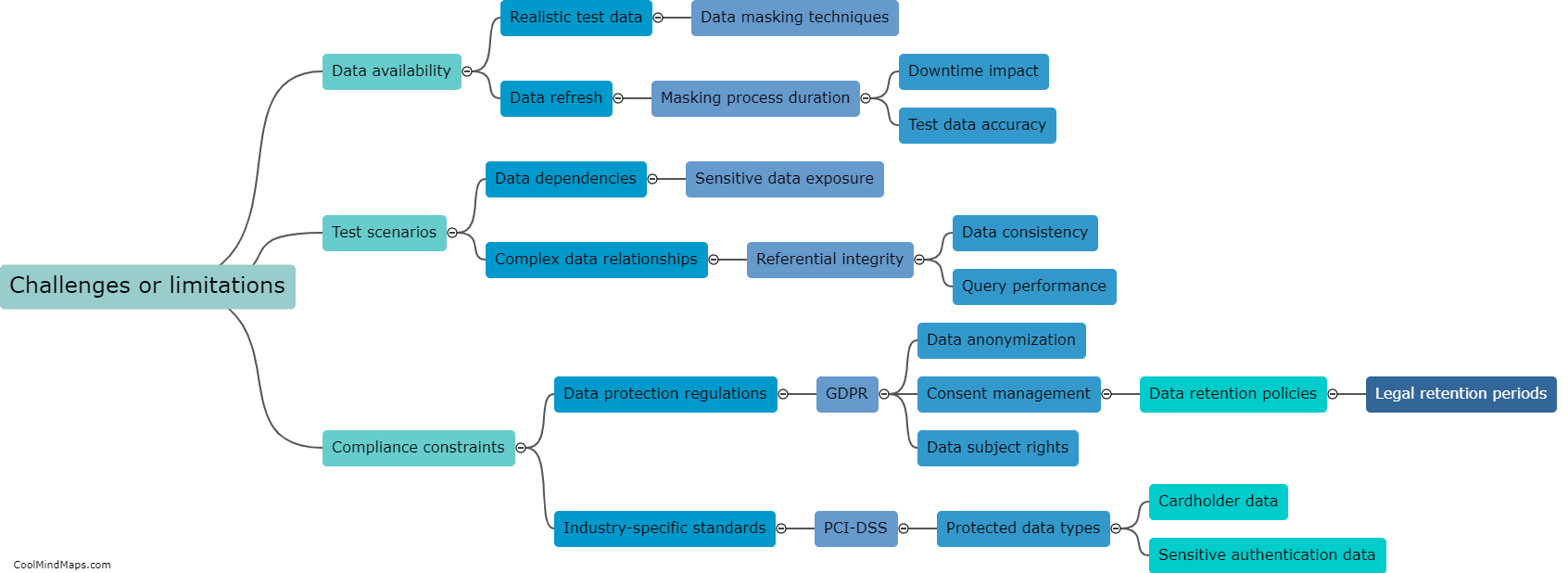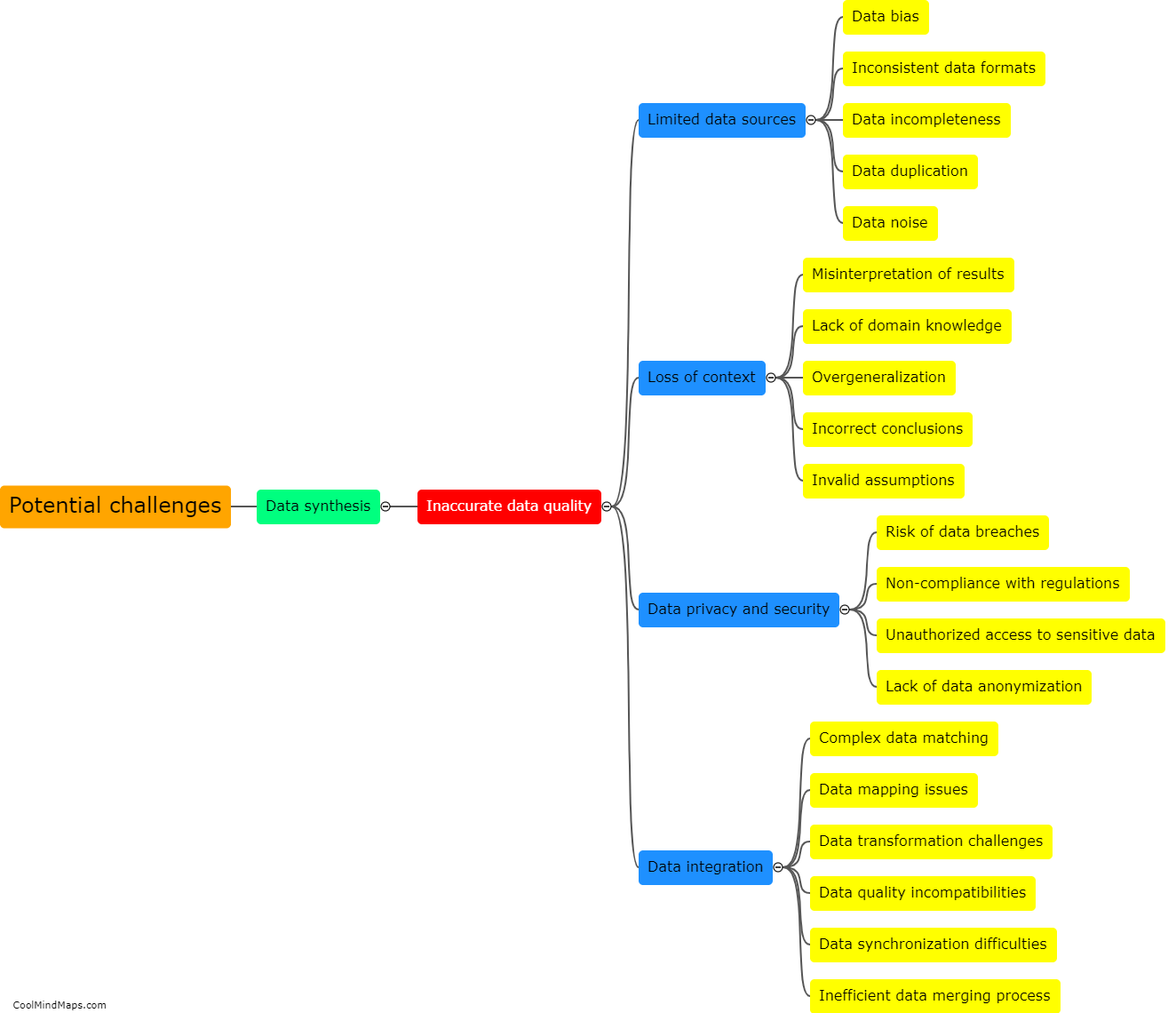What are the disadvantages of data synthesis in test environments?
One of the main disadvantages of data synthesis in test environments is the potential for inaccuracies or inconsistencies. Synthesizing data involves creating artificial datasets that mimic real-world conditions. However, this process can lead to errors or deviations from the actual data, which may affect the reliability of the test results. Additionally, data synthesis often requires significant time and effort, especially when dealing with large and complex datasets. This can delay the testing processes and hinder the overall efficiency of the project. Moreover, synthesized data might not capture all the nuances and intricacies of the actual data, limiting the ability to truly assess the performance or behavior of a system in real-life scenarios.

This mind map was published on 27 July 2023 and has been viewed 135 times.
